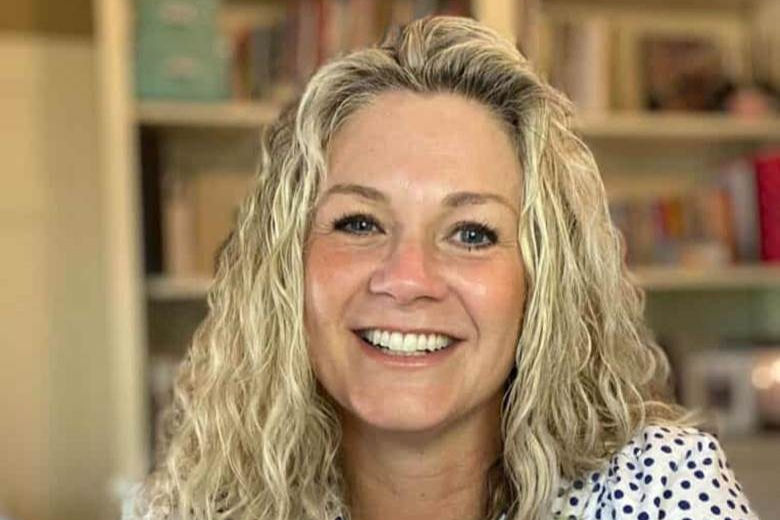Six Questions with Nora Nickum
- Mary Boone

- May 21, 2024
- 3 min read

Nora Nickum works at the Seattle Aquarium and is also a children's author. Her debut picture book is This Book is Full of Holes: From Underground to Outer Space and Everywhere in Between, illustrated by Robert Meganck (Peachtree, March 2024). She also has a middle-grade nonfiction book, Superpod: Saving the Endangered Orcas of the Pacific Northwest (Chicago Review Press, 2023). Both are Junior Library Guild Gold Standard selections. Nora lives on an island in Washington state, where she peers into holes in tree trunks, eats a lot of bagels, and tries to mend holey socks. Visit Nora's website to learn more about her work.
1. What three things bring you joy?
Digging holes at the beach with my daughter, hearing a whale approach because of the sound of its breath coming from its blowhole, and going down research rabbit holes while writing new nonfiction books.
2. Was this always the title for this project?
I have a very early draft where my title was “Holes are Really Something” because I was intrigued by the idea that a hole initially seems like empty nothingness, but a hole can actually be significant–problematic, interesting, annoying, useful, even beautiful. My critique partners helpfully pointed out that the title was a little confusing and didn’t clearly communicate what the book was about. When I thought of “This Book is Full of Holes,” it felt like the perfect fit, and I liked how it echoed the kind of humor I’d woven into the text.
3. Where did you get the idea for this book? What was your inspiration?
The first holes I found myself wondering about were the tiny holes in airplane windows–what in the world were they doing there? Later, I read about giant blue holes in the ocean floor, which I found fascinating. Those holes are both in the book, which I expanded to be about lots of different kinds of holes and what makes a hole a hole. I was excited about incorporating examples from diverse STEAM disciplines, from engineering and biology to art and music.

4. If you could tell readers one secret about this book, what would it be?
Here’s an outtake: One kind of hole that was in several of my early drafts was the buttonhole. I learned that shirts marketed to women have buttonholes on the right, but for men they are on the left. Today, that makes no sense; there’s no need for clothing to be gendered that way. But a few hundred years ago, European women who could afford clothes with buttons got dressed with the help of maids, who were often right-handed. Men dressed themselves, and buttons on the left meant they could easily adjust their buttons while keeping their right hand free to brandish a weapon. At least that’s what some people think was the reason for putting men and women’s buttonholes on different sides.
There are also some secret things for readers to discover in Robert Meganck’s illustrations. I love how he hid additional kinds of holes–besides the ones described in the sidebar text–in some of the pictures. There’s also a really fun hide-and-seek poster on the back of the book jacket!
5. If you could be any character in a book, who would you be? Why?
Piper Green comes to mind. I love living on an island now, and Peek-A-Boo island sounds extra wonderful, with a lobster boat to go to school. Plus, there's a hole in a fairy tree where Piper gets to leave gifts and return to find surprise treasures and figure out how in the world they could be useful to her.
6. What are you working on? What’s next for you?
I’m working on another STEM nonfiction picture book with illustrator Robert Meganck and Peachtree Publishing called This Book Bubbles Over. Some of my favorite examples in the book are bubbles that help keep animals warm or cool them down, and bubbles that make noise or that create quiet. That book will come out in spring 2025.




Comments